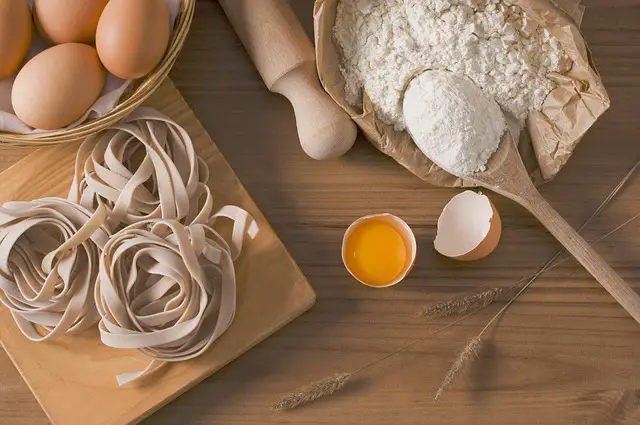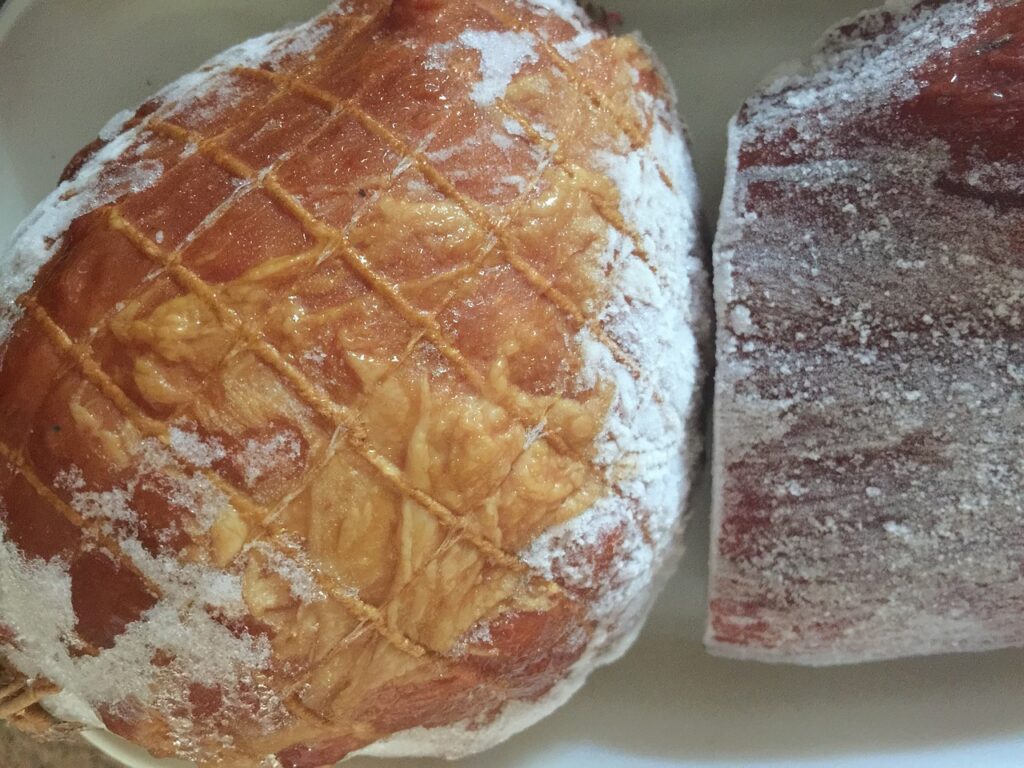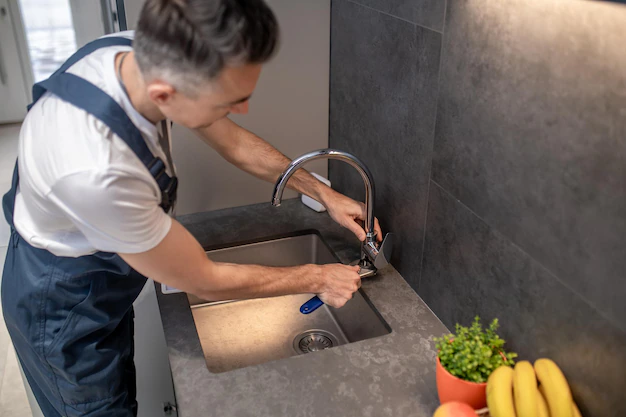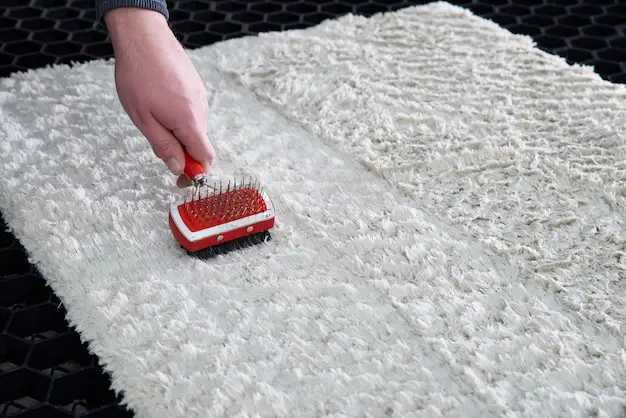Introduction
No matter what, when it comes to cooking, safety should always come first. Whether you are a home cook or a professional chef, knowing and using important safety measures in the kitchen will help you avoid mishaps, injuries, and even major tragedies. Each stage of the culinary process involves inherent dangers, from using sharp instruments to managing fire and heat sources.
In this post, we’ll examine nine crucial safety measures that you absolutely must do to ensure a fun and safe culinary experience.

Table of Contents
9 Crucial Safety Precautions You must apply no matter what.
1. No matter what, keep the kitchen space tidy and organized
The primary cornerstone of safe cooking is a tidy, well-organized kitchen. Make sure your worktops, cutlery, and culinary equipment are impeccably clean and devoid of any potential risks before you even consider thinking about making any meal. Surfaces that are cluttered put people at a higher risk of mishaps like stumbling or accidentally knocking over hot objects.
Furthermore, you must periodically and thoroughly clean your kitchen and get rid of any expired or rotten food right away. By doing this, you may successfully reduce the possibility of contamination and any foodborne diseases that may result from ignoring this important factor.
2. No matter what, always handle knives carefully
Knives are a necessary piece of equipment in every kitchen, but if used improperly, they may be quite dangerous. Always use a sharp knife first since a dull one needs more effort and is more likely to slide, which might cause serious harm. Keep your fingers securely away from the sharp edge of knives while handling them by grasping them firmly with a strong grip. To avoid any unintentional slips or cuts, it’s also very important to remember to cut away from your body and use a cutting board with a non-slip surface.
3. No matter what, use extreme caution around heat sources
Various heat sources, including stovetops, ovens, and grills, are frequently used during cooking. To avoid burns, fires, and other disastrous occurrences when working with these components, extreme caution must be used at all times. Make it a practice to turn the handles of pots and pans inward while using a cooktop to prevent them from sticking out and increasing the chance that they will be unintentionally knocked over. Additionally, it is crucial never to leave any cooking unattended, especially while frying or grilling, since the start of grease fires may quickly spiral out of control and cause a major catastrophe.
4. No matter what, make sure you have enough ventilation to protect your health
The air quality in your kitchen may be impacted by the smoke, steam, and strong scents that cooking frequently produces. Prioritizing and maintaining optimal ventilation in your kitchen is essential. To do this, open windows or the range hood to allow fresh air to circulate, which will effectively stop the buildup of dangerous compounds. In addition to keeping the air clean, adequate ventilation also lowers the likelihood of a potentially fatal carbon monoxide accumulation, protecting the safety and welfare of everyone around.

5. No matter what, handle and store food safely
Food safety is a serious matter that should never be ignored. You can avoid the emergence of foodborne diseases and their associated problems by continuously using proper food handling and storage procedures. To prevent any potential contamination, always thoroughly wash your hands with soap and water before and after handling any food products. To stop the spread of hazardous bacteria, keep raw meat, poultry, and shellfish away from other items. To guarantee that food is safe to eat, it is also essential to cook it to the necessary internal temperature. In order to preserve their freshness and avoid deterioration, perishable goods should be stored with extreme caution and at the proper temperatures.
6. No matter what, use caution when operating electrical appliances
In the contemporary kitchen, electrical gadgets like toasters, blenders, and microwaves are prevalent. If not managed carefully, they might pose serious concerns. Before plugging in these equipment, it is essential to carefully check the cables and plugs no matter what for any signs of damage in order to use them safely. To reduce the danger of electric shocks, avoid operating electrical equipment with damp hands. It is essential to disconnect the appliance right away and get expert assistance for repairs or, if required, replace the equipment entirely if you see any faults or unexpected behaviors, such as sparking or overheating.
7. No matter what, be cautious with hot objects and liquids
In the kitchen, burns and scalds are all too prevalent and can result in severe pain and even danger if not prevented. Use oven mitts or potholders to protect your hands from burns when handling hot cookware or touching hot surfaces. When handling hot liquids, use additional caution and attention since they can quickly spill and cause serious burns. To avoid any unintentional injuries or accidents, always make sure that kids and dogs are kept a safe distance away from hot surfaces.
8. No matter what, have a fire extinguisher nearby
Emergencies may happen at any time, so being well-prepared is essential. It is crucial to have a properly working fire extinguisher nearby and easily accessible in the kitchen. Make sure your fire extinguisher is in good working order and that you are familiar with how to use it. Learn the PASS method, which involves pulling the pin, aiming towards the fire’s base, pressing the handle, and sweeping from side to side. It’s crucial to keep in mind that using water to put out a grease fire might make it worse since water can spread the flames. Use a fire extinguisher instead, or douse the flames with baking soda or a lid.
9. No matter what, use caution and remain vigilant
Finally, using common sense and remaining vigilant when in the kitchen is possibly the most important safety measure of all. Avoid being distracted no matter what by things like using your phone or watching television since they can cause you to lose focus and greatly increase the likelihood of accidents. Always carefully follow the directions in the recipe, and keep an eye out for any possible dangers that can present themselves during cooking. It is preferable to wait to start cooking if you are feeling drowsy, intoxicated, or under the influence of medicine or alcohol.
Conclusion
The significance of emphasizing safety when cooking can’t be stressed, in my opinion. No matter the situation, you may dramatically lower the danger of errors, injuries, and accidents in the kitchen by carefully adhering to these nine essential safety measures. Keep in mind to emphasize safe food handling and storage, keep your kitchen clean and organized, handle blades with extreme caution, use caution around heat sources, and practice good ventilation.
Use caution when working with hot surfaces and liquids, as well as when using electrical equipment. Always keep a fire extinguisher nearby and, more importantly, use caution while being vigilant.
You can guarantee a risk-free and joyful culinary experience, without any exclusions, by fully adopting these safety measures.
Bible Verse
Psalm 16:1 "Keep me safe, my God, for in You I take refuge."
What David said to the Lord, we need to apply in our lives also. Keep reminded that the only time in our life that we are truly safe, when we are in the hands of God.
Internal Links
- Self-Care to Have a Good Day: 5 Best Relaxation Exercises
- Online Classes for Adults: 10 Powerful Tips To Excel
- 8 Important Information:Understanding Mental Health Disorder
- Diabetes Therapy: 5 Essential Ways for Optimal Management
- Get A Life With 5 Exciting Stress Management Techniques



